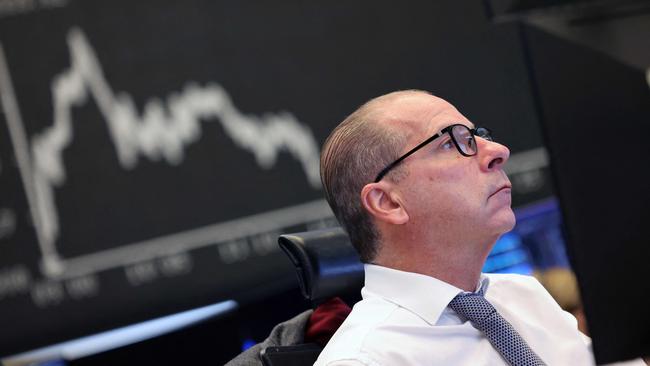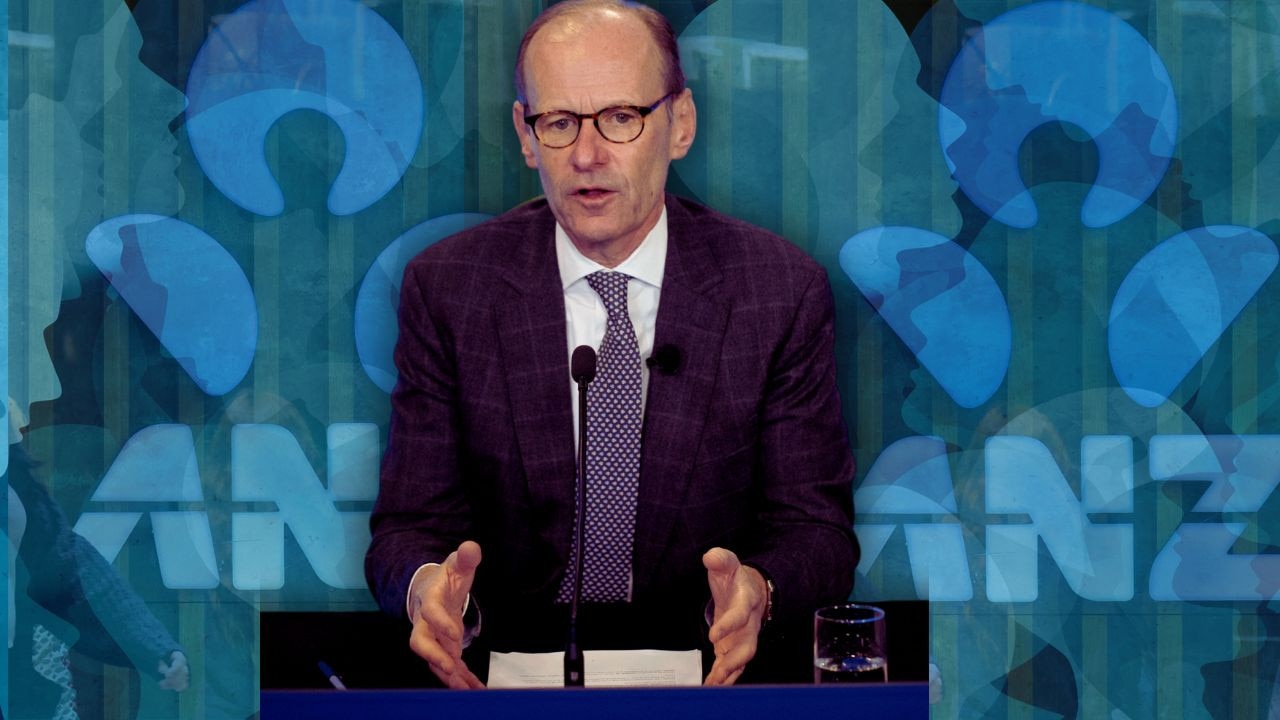US exceptionalism a beguiling narrative but is it realistic?

One narrative that is very pervasive in commentary about the year ahead is that of US exceptionalism. This is not an unfamiliar story for investors, especially given the outperformance of US stocks in the past decade or so.
The idea of US exceptionalism can take many forms but broadly reflects the notion that the US economy is relatively stronger than most and that this delivers both a term structure of US interest rates that is relatively higher than the rest of the developed world, and a relatively stronger performance from US equities.
This state of affairs is then reflected in a stronger US dollar, as foreign capital seeks to profit from relatively better economic fundamentals and market performance in the US.
US exceptionalism has had a boost of late with the election of Donald Trump. Investors view the suite of various policies proposed by Trump as generally favourable for the US, relative to major trading partners.
Indeed, post the US election outcome most economists have revised up their forecasts for US economic growth next year, while simultaneously taking a red pen to their European and Chinese GDP forecasts for 2025 as they try to account for the impact of tariffs and other proposed policy ideas.
Of course, we should be mindful of the fact that there is more to this story than just US dynamics.
Investors are likely quite concerned about the structural headwinds impacting both economic and market performance in Europe, the UK and China. In the current environment, issues in these economies only serve to reinforce the US exceptionalism narrative.
Market reaction to price in an extension of the US exceptionalism narrative has been swift. The US dollar has appreciated almost 6 per cent on a trade-weighted basis so far this quarter, and US equities have outperformed their European counterpart by a similar margin since early October.
And as per the framework above, US 10-year government bond yields have moved an extra 60 basis points higher than German 10-year government bond yields so far this quarter. The relative yield gap between these two instruments is now about 215 basis points.
This leaves investors at an interesting juncture. The strong performance of the US economy this year means that there is minimal anxiety about recession in the year ahead.
Indeed, according to Bloomberg’s consensus of economists, the median chance of a recession in the next 12 months in the US is now 20 per cent, which is only a touch above its long-run average. A year ago, economists put the probability at 50 per cent.
At the same time, valuation metrics for US equity markets – particularly the S&P 500 – are well above historical averages. So we are likely to start the coming year with a combination of expensive equity markets and broad optimism about the economic outlook.
With expectations elevated and much already priced into markets, it makes sense to approach the coming year with a little caution. Stronger nominal GDP growth tends to correlate positively with earnings growth and so it is not surprising to see markets re-rate on perceptions of better economic conditions. But to do this from already expensive valuations suggests somewhat of a one-eyed view about the future.
There is no doubt in many investors’ minds that the relatively benign macro backdrop (soft landing) forecast for 2025 provides ample support for growth assets. Indeed, expectations that the US would experience materially softer growth in the face of higher rates were misplaced in 2024.
A combination of resilience in profit margins (thanks to slower wages growth and strong productivity), benign credit conditions, healthy corporate and household balance sheets and a strong wealth effect have all contributed to solid economic growth in the past year.
But it probably does serve investors well to consider what might possibly derail the US exceptionalism story and prompt a reversal of the considerable capital inflows that have boosted US financial markets this year.
There are a couple of risks we think worth noting.
First, from an economic perspective, a resurgence of inflation might become problematic for markets if the US Federal Reserve is forced to stop rate cuts and even contemplate a return to rate hikes. Higher inflation and higher interest rates are most definitely not priced into consensus expectations for the year ahead.
Second, investors would be aware that much of the performance in US equities this year has been driven by US tech stocks and the artificial intelligence dynamic. Many of these large companies are now spending considerable amounts on capital expenditure. If investors begin to question the likely return on this investment, then the buoyancy in US equity markets may recede quickly.
Third, if the use of tariffs by the incoming Trump administration prompts a global trade war then markets will be surprised, as the risks of a full-blown trade war look underpriced. Elevated US equity valuations may amplify the reaction to any economic weakness that results from a trade war.
Finally, if the nominee for US Treasury Secretary, Scott Bessent, is serious about achieving a 3 per cent budget deficit in the US, then this will require significant fiscal consolidation. Usually this happens via higher taxes or lower spending or a combination of both – none of which will be supportive of US economic growth.
There is no doubt that the US exceptionalism narrative is powerful and likely to be a driver of market performance in the short run. Or in other words, “the trend is still your friend”.
But with so much good news arguably already in the price, the risk/reward calculation from following the trend is starting to look much less favourable than it was even just six months ago.
We think investors would be wise to keep this in mind as they consider where to deploy investment capital in the year ahead.
Sally Auld is the chief investment officer at JBWere.





At this time of year, many economists and investment strategists turn their minds to the outlook for the year ahead.